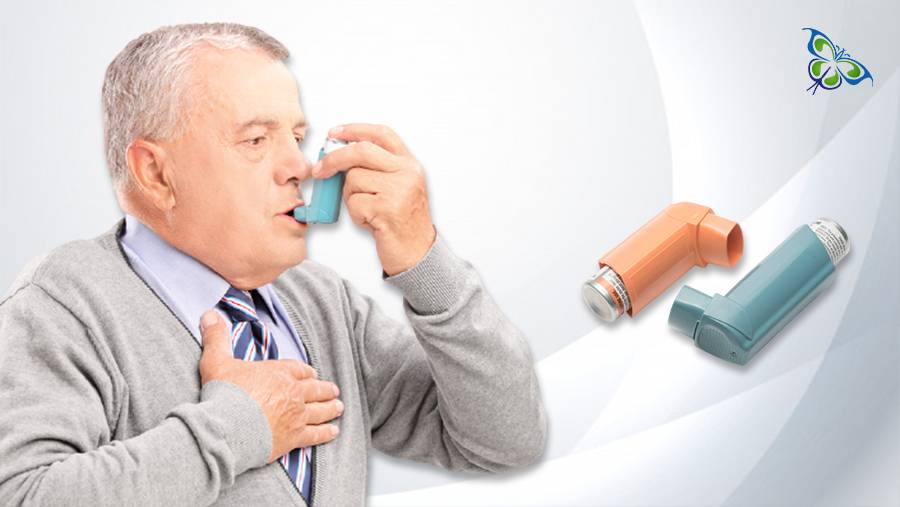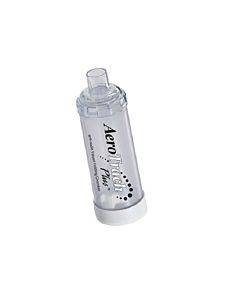Holding Chamber for Asthmatic Management

Holding chamber, also called ‘spacer’ is designed as an accessory meant to be used for asthma management. Its function is to deliver aerosolized medication from a metered-dose inhaler to the lungs, with ease.
The overall structure is tube-like and extends the inhaler mouth to direct the medication effectively. Most holding chambers come with a one-way valve; it holds the aerosol for a short span of time. The valve opens to allow the person to inhale the medication while breathing normally.
This accessory is beneficial to young children and patients who are required to inhale corticosteroids. It also helps those unable to breathe in deeply or synchronizing their breath with the inhaler pump.
Why is it important to use a holding chamber?
Firstly, Aerosol inhalers do come with a lot of side effects. As the medicine comes out quickly, it becomes difficult to inhale as you breathe and press the inhaler’s canister at the same time.
Secondly, having a holding chamber refines inhaled therapy. Often, by using the inhaler directly, the medication ends up in the mouth, throat, and stomach when the patient fails to hold breath following inhalation. The holding chamber enhances the delivery of medication to the lungs where it is needed. It improves it as much as 4 times the normal delivery.
Some holding chambers come with unique benefits:
1. The one-way valve feature stops the user from accidentally exhaling into the chamber.
2. The anti-static material suspends the aerosol medication for longer. This gives users a longer time for inhalation.
3. The holding chamber comes with a flow alert whistle. It indicates when the user breathes too quickly.
Application and advantages:
Using an inhaler without the holding chamber requires a lot of activities done in sequential order. Pressing the canister and breathing in deeply to inhale the medication, holding the breath and then exhaling. Everybody is not capable of mastering the process and the holding chamber helps. It is advantageous for people with shortness of breath and cognitive impairment.
For implementation, remove the cap of the metered-dose inhaler. The mouthpiece of the inhaler is fitted into the back of the holding chamber. The front part of the chamber has a closed mouthpiece or mask for inhalation.
To conduct the medication, the inhaler is depressed for the release of the medicine. The medicine then suspends in the holding chamber. The person then inhales by breathing in and out, slowly. The exhalation passes out through the valve instead of going into the chamber.
Without a chamber, the aerosolized medication impacts on the back of the mouth. Residue from medications like corticosteroids can lead to oral candidiasis.
Recommendations on proper usage
While situational advice of using a holding chamber with inhalers may vary. There are some universal recommendations:
• Before inhaling the medication, make sure to sit or stand straight with the neck slightly extended.
• Shake the inhaler canister 4-5 times before removing the cap.
• For a valve chamber, shake it to ensure the valves are not stuck.
• When breathing, hold the chamber’s mouthpiece between your teeth and seal the lips around.
• Breathe in slowly until the lungs are full.
• When done, hold your breath for a few seconds, take out the holding chamber from your mouth and relax.
It is important to note, there must be little or no delay between the medication release and breathing. Slowing the aerosol in the holding chamber allows evaporation of particles and increases respiratory particle fraction. However, with the presence of the holding chamber, coordination between activation and inhalation is required.
Medical professionals encourage the widespread usage of the holding chamber. Despite its advantages and disadvantages, every individual with asthmatic conditions must own one and use it effectively. This helps in the routine management of obstructive airway disease.


Validate your login
Sign In
Create New Account